Bacterial
Anything that destroys bacteria or suppresses their growth or their ability to reproduce. Heat, chemicals such as chlorine, and antibiotic drugs all have antibacterial properties. Many antibacterial products for cleaning and handwashing are sold today. Such products do not reduce the risk for symptoms of viral infectious diseases in otherwise healthy persons. This does not preclude the potential contribution of antibacterial products to reducing symptoms of bacterial diseases in the home.
Ziele für Bacterial
Produkte für Bacterial
- Bestell-Nr. Artikelname Informationen
-
GC37979
α-Terpineol
α-Terpineol wird aus Eucalyptus globulus Labill isoliert, weist eine starke antimikrobielle Aktivität gegen parodontopathische und kariogene Bakterien auf.
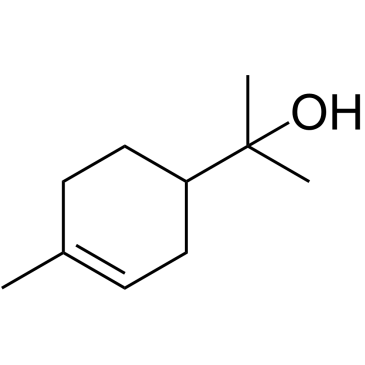
-
GC64430
β-Glucuronidase-IN-1
β-Glucuronidase-IN-1 ist eine potente, selektive, nicht kompetitive und oral aktive E.
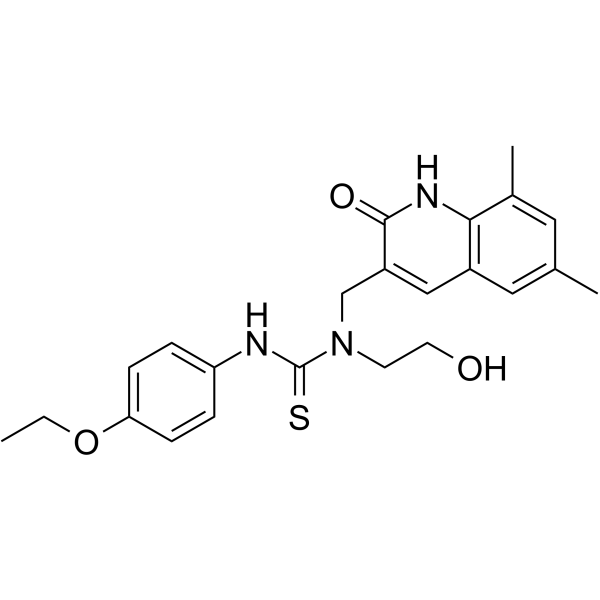
-
GC62235
β-Lactamase-IN-2
β-Lactamase-IN-2 ist ein Beta-Lactamase-Inhibitor, extrahiert aus dem Patent WO 2019075084 A1, Verbindung 1.
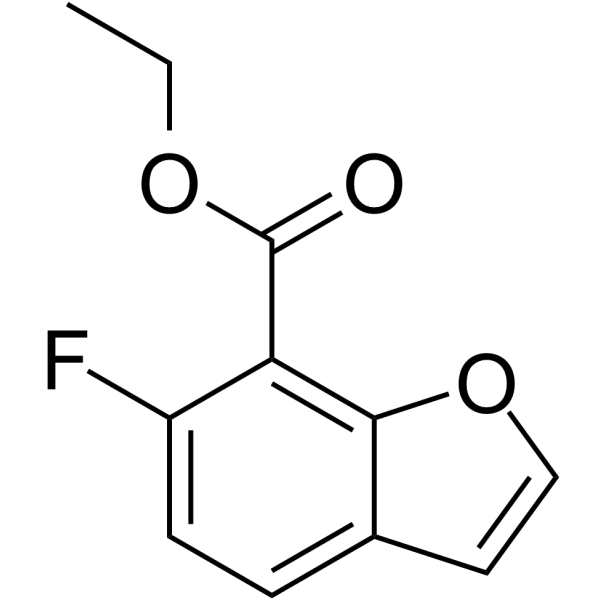
-
GC32328
β-Chloro-L-alanine (L-β-Chloroalanine)
β-Chloro-L-Alanin (L-β-Chloroalanine) ist ein bakteriostatisches AminosÄureanalogon, das eine Reihe von Enzymen hemmt, einschließlich Threonin-Desaminase und Alanin-Racemase.

-
GC65599
(±)-Leucine-d10
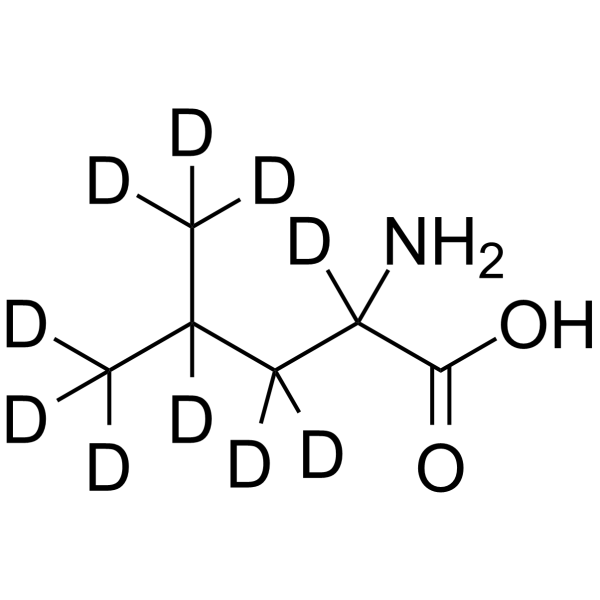
-
GC34438
(+)-(3R,8S)-Falcarindiol
(+)-(3R,8S)-Falcarindiol ist ein in Karotten vorkommendes Polyacetylen mit antimykobakterieller AktivitÄt, mit einer IC50 von 6 μM und einer MIC von 24 μM gegen Mycobacterium tuberculosis H37Ra.
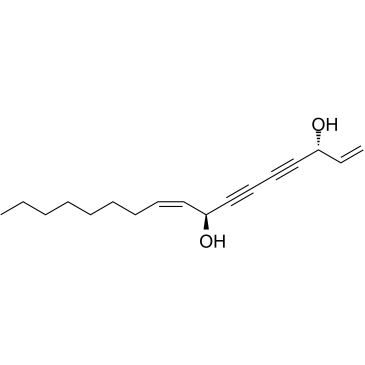
-
GC18516
(+)-Aeroplysinin-1
(+)-Aeroplysinin-1 ((+)-Aeroplysinin-1), ein aus Meeresschwämmen isolierter Sekundärmetabolit, zeigt starke antibiotische Wirkungen auf grampositive Bakterien und übt eine antivirale Aktivität gegen HIV-1 aus (IC50\u003d14,6 μM).
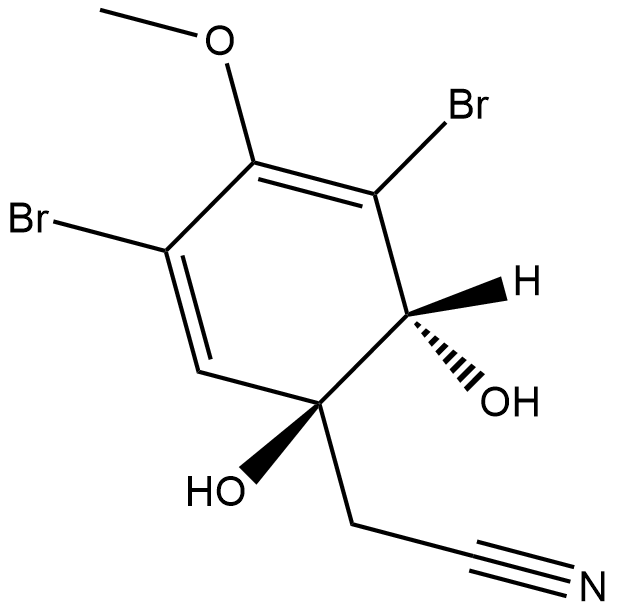
-
GC33515
(+)-Camphor (D-(+)-Camphor)
(+)-Campher (D-(+)-Campher) ist eine Zutat beim Kochen und als EinbalsamierungsflÜssigkeit fÜr medizinische Zwecke,
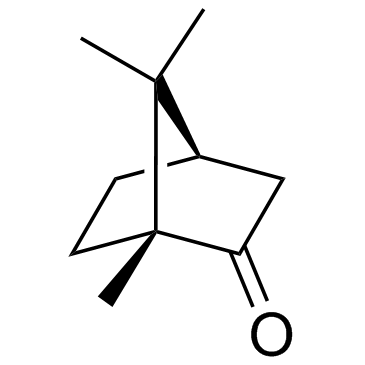
-
GC67931
(+)-Medioresinol
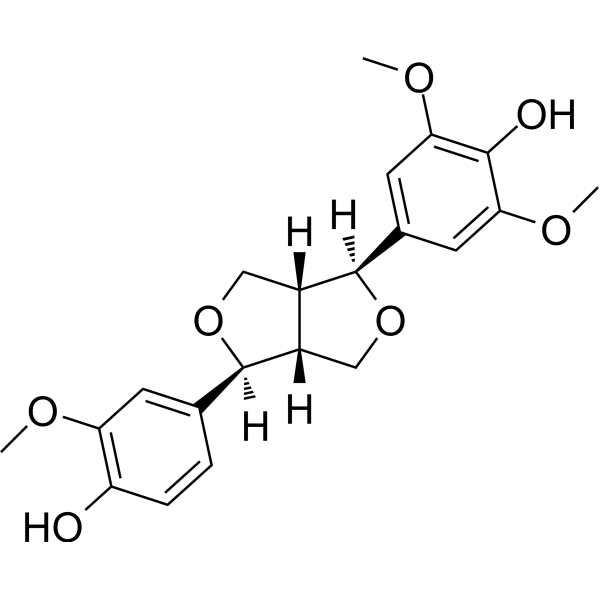
-
GC34439
(+)-Viroallosecurinine
(+)-Viroallosecurinin, ein zytotoxisches Alkaloid, weist fÜr Ps eine MHK von 0,48 μg/ml auf.
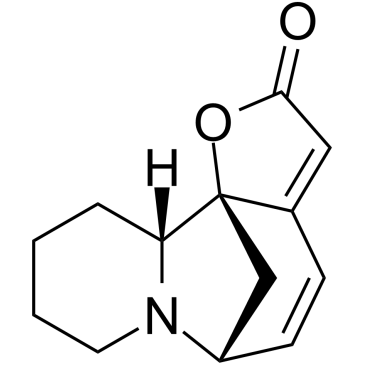
-
GC40263
(-)-α-Cedrene
(-)-α-Cedrene (α-Cedrene) ist ein Sesquiterpen-Bestandteil von Zedernholzölen mit antileukämischen, antimikrobiellen und Anti-Adipositas-Aktivitäten.

-
GC38677
(-)-α-Pinene
(-)-α-Pinen ist ein Monoterpen und zeigt schlaffördernde Eigenschaften durch eine direkte Bindung an GABAA-Benzodiazepin (BZD)-Rezeptoren, indem es als partieller Modulator an der BZD-Bindungsstelle wirkt.
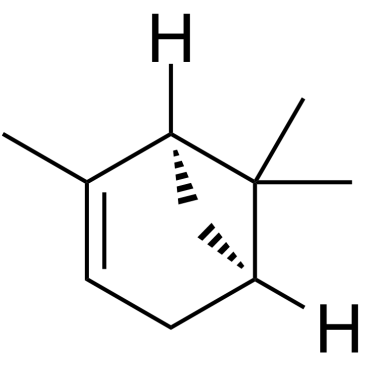
-
GC34947
(-)-Corynoxidine
(-)-Corynoxidin ist ein Acetylcholinesterase-Inhibitor mit einem IC50-Wert von 89,0 μM, isoliert aus den oberirdischen Teilen von Corydalis speciosa.

-
GC38316
(-)-Limonene
(-)-Limonen ((S)-(-)-Limonen) ist ein Monoterpen, das in vielen KiefernnadelÖlen und in Terpentin vorkommt.
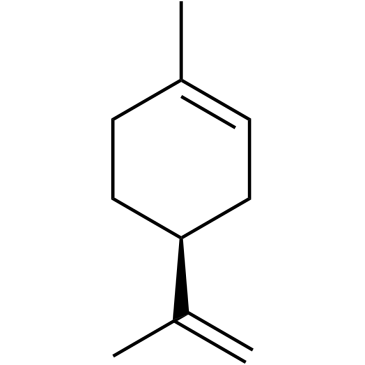
-
GC40670
(-)-α-Terpineol
(-)-α-Terpineol ((S)-α-Terpineol), a monoterpene compound, is one of compounds in Melaleuca alternifolia. (-)-α-Terpineol has antioxidant and anti-inflammatory activities.
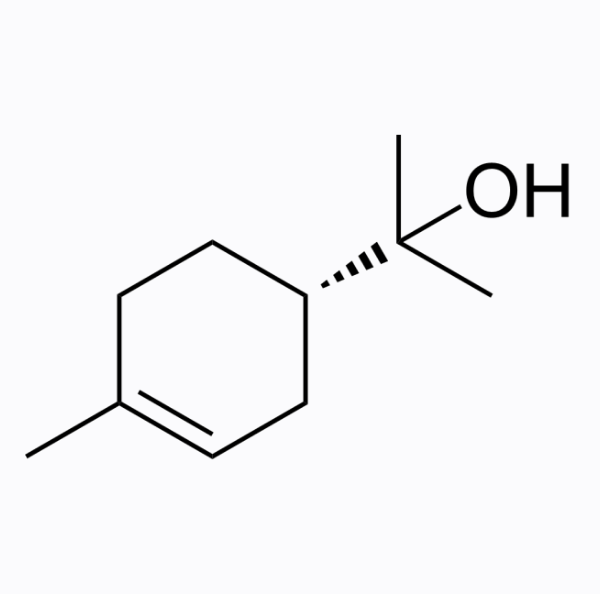
-
GC62729
(1R)-α-Pinene
(1R)-α-Pinen ist ein flÜchtiges Monoterpen mit antimikrobieller Wirkung.
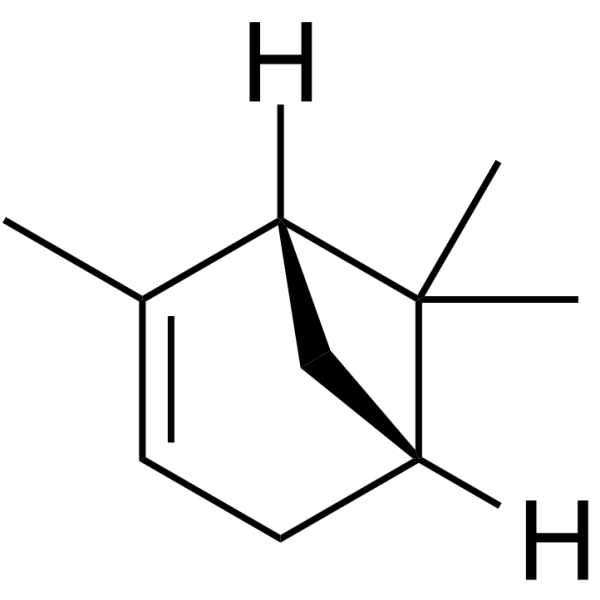
-
GC39179
(3R,4R)-A2-32-01
(3R,4R)-A2-32-01 (Verbindung 24(R,R)), das (R,R)-Enantiomer von A2-32-01, ist ein Hemmer der caseinolytischen Protease (SaClpP) von Staphylococcus aureus.

-
GC62710
(5α)-Stigmastane-3,6-dione
(5α)-Stigmastane-3,6-dion ist ein natÜrlich vorkommendes Sterol, das aus FrÜchten von Ailanthus altissima Swingle isoliert werden konnte.

-
GC61437
(E)-Methyl 4-coumarate
(E)-Methyl 4-Coumarat (Methyl 4-hydroxycinnamate), gefunden in mehreren Pflanzen, wie z. B. FrÜhlingszwiebel (Allium cepa) oder Noni (Morinda citrifolia L.
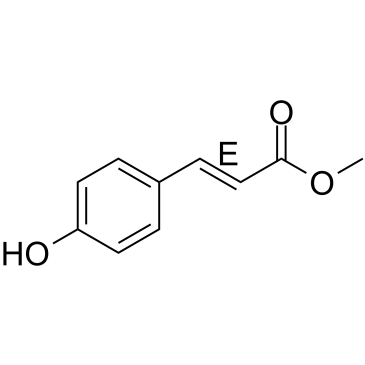
-
GC64179
(R)-Fangchinoline
(R)-Fangchinolin (Thalrugosin), ein Alkaloid der Gattung Stephania, zeigt antimikrobielle und blutdrucksenkende AktivitÄt.
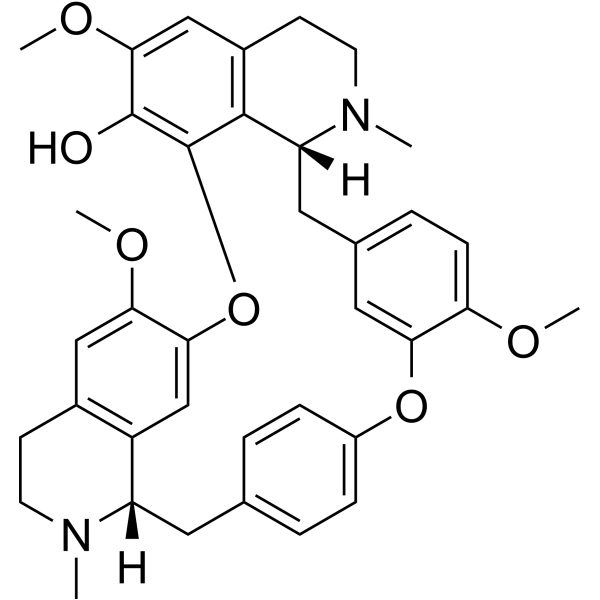
-
GC34990
(R)-Ofloxacin
(R)-Ofloxacin (Dextrofloxacin) ist ein Antibiotikum, das fÜr die Behandlung einer Reihe von bakteriellen Infektionen nÜtzlich ist.
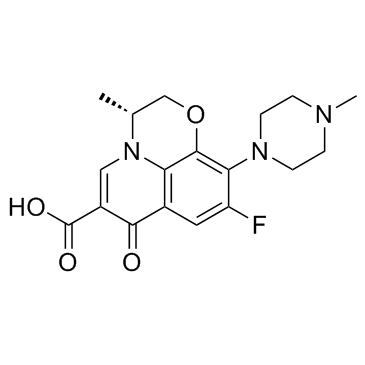
-
GC63983
(R,R)-BAY-Y 3118
(R,R)-BAY-Y 3118 ist das R-Enantiomer von BAY-Y 3118.
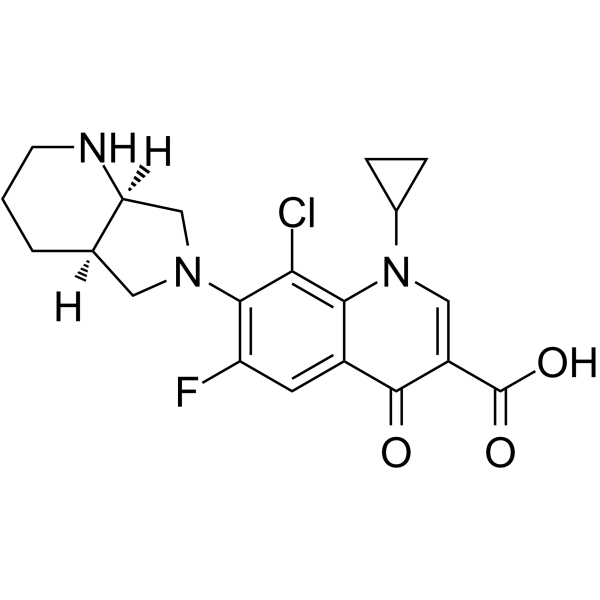
-
GC60011
1,3-Dithiane
1,3-Dithian ist ein geschÜtztes Formaldehyd-Anion-Äquivalent, das als nÜtzliches markiertes Synthon dienen kÖnnte.
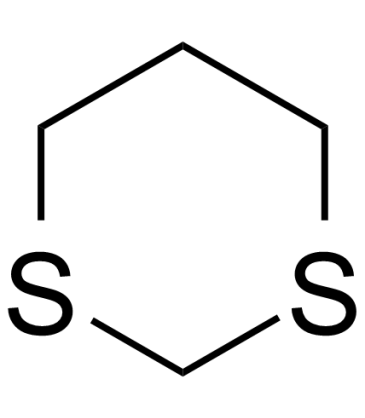
-
GC41992
1-Deoxynojirimycin (hydrochloride)
1-Desoxynojirimycin (Hydrochlorid) (Duvoglustat-Hydrochlorid) ist ein starker und oral wirksamer α-Glucosidase-Hemmer.
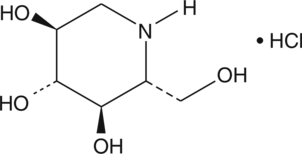
-
GC61642
1-Heptadecanol
1-Heptadecanol ist ein langkettiger primÄrer Alkohol mit antibakterieller Wirkung aus den BlÄttern von Solena amplexicaulis.
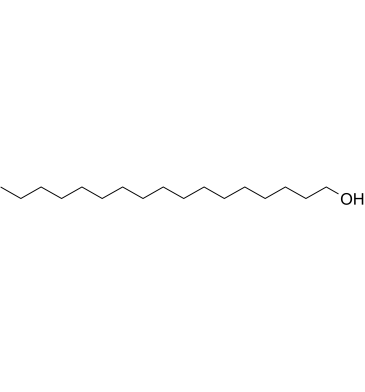
-
GC61643
1-Hydroxy-2-butanone
1-Hydroxy-2-butanon ist eine aus Bomboo Juice isolierte natÜrliche Verbindung mit antituberkulÖser AktivitÄt.
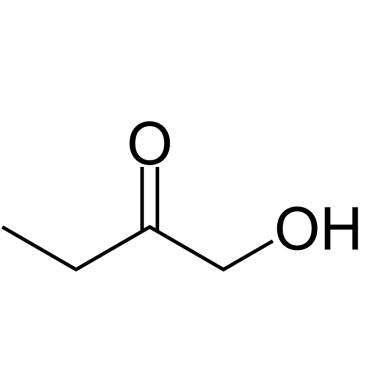
-
GC32294
1-Kestose
1-Kestose, die kleinste Fructooligosaccharid-Komponente, die sowohl Faecalibacterium prausnitzii als auch Bifidobakterien effizient stimuliert.
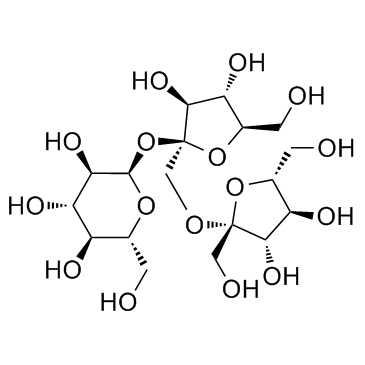
-
GC35068
1-Monomyristin
1-Monomyristin, extrahiert aus Serenoa repens, hemmt die Hydrolyse von 2-Oleoylglycerol (IC50=32 μM) und die AktivitÄt der FettsÄureamidhydrolase (FAAH) (IC50=18 μM).

-
GC61687
1-Naphthalenemethanol
1-Naphthalinmethanol ist eine natÜrliche Verbindung der Wurzelrindenextrakte von Annona senegalensis mit antibakterieller Wirkung.
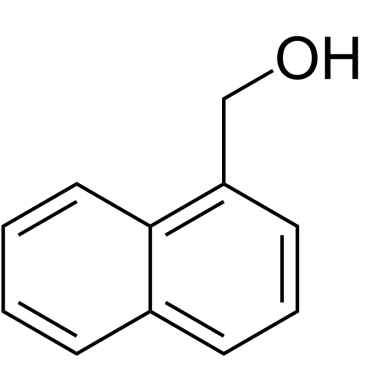
-
GC61641
1-Tetradecanol
1-Tetradecanol, isoliert aus Myristica fragrans, ist ein geradkettiger gesÄttigter Fettalkohol.
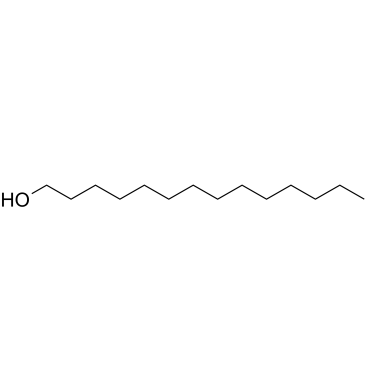
-
GC35043
10-Isobutyryloxy-8,9-epoxythymol isobutyrate
10-Isobutyryloxy-8,9-epoxythymol-Isobutyrat ist ein Hauptbestandteil der Wurzelkulturen von Inula Helenium und Inula Royleana.
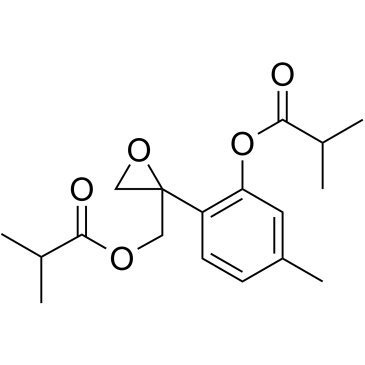
-
GC41888
12-oxo Phytodienoic Acid
12-Oxo-PhytodiensÄure ist ein biologisch aktiver, unmittelbarer VorlÄufer von 7-Epi-JasmonsÄure.

-
GC66890
2',3'-Dideoxy-5-iodocytidine
2',3'-Dideoxy-5-iodocytidin wird zur Gensequenzierung verwendet und kann als Antibiotikum verwendet werden. 2',3'-Dideoxy-5-iodocytidin ist besonders wirksam gegen Mycobacterium.
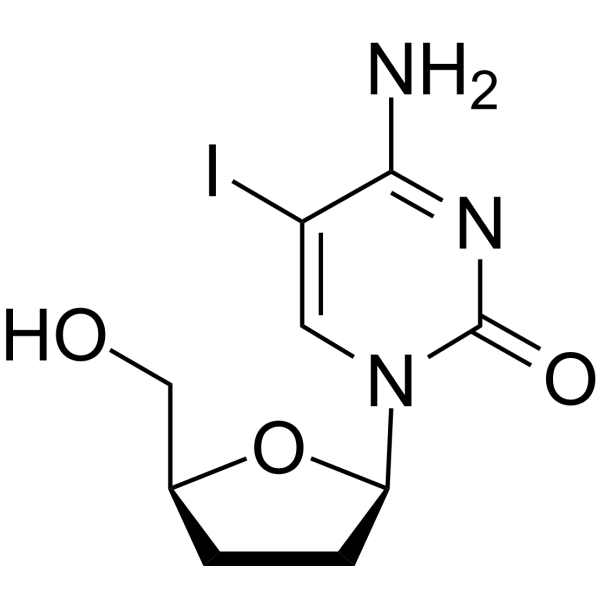
-
GC30211
2,2':5',2''-Terthiophene (α-Terthiophene)
2,2':5',2''-Terthiophene (α-Terthiophene) (&7#945;-Terthiophene) ist ein Oligomer des Heterocyclus Thiophen.
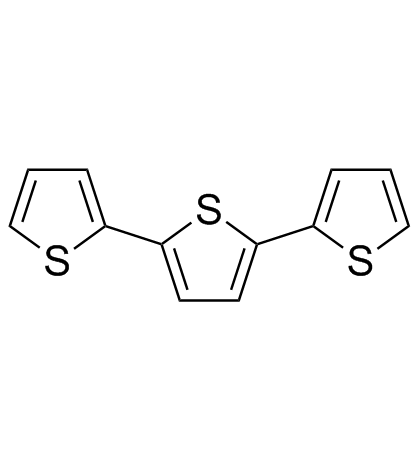
-
GC60461
2,4-Dichlorobenzyl alcohol
2,4-Dichlorbenzylalkohol ist ein mildes Antiseptikum mit einem breiten Spektrum fÜr Bakterien und Viren, die mit Mund- und Racheninfektionen in Verbindung gebracht werden.
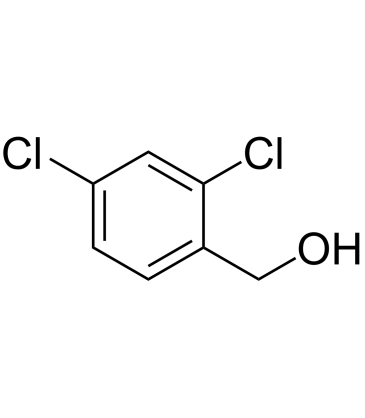
-
GC60464
2,5-Dihydroxybenzaldehyde
2,5-Dihydroxybenzaldehyd (Gentisaldehyd) ist ein natÜrlich vorkommendes antimikrobielles Mittel, das das Wachstum von Mycobacterium avium subsp.
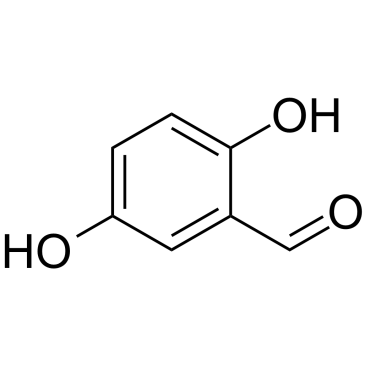
-
GC60466
2,6-Dichlorodiphenylamine
2,6-Dichlordiphenylamin ist ein Analogon von Diclofenac-Natrium und wirkt gegen Candida albicans.
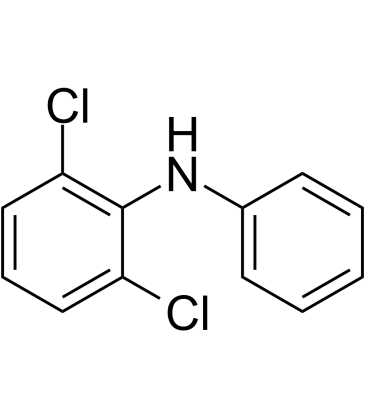
-
GC64627
2,6-Dimethoxy-1,4-benzoquinone
2,6-Dimethoxy-1,4-benzochinon, ein natÜrlicher sekundÄrer Pflanzenstoff, ist ein bekannter haustorischer Faktor.
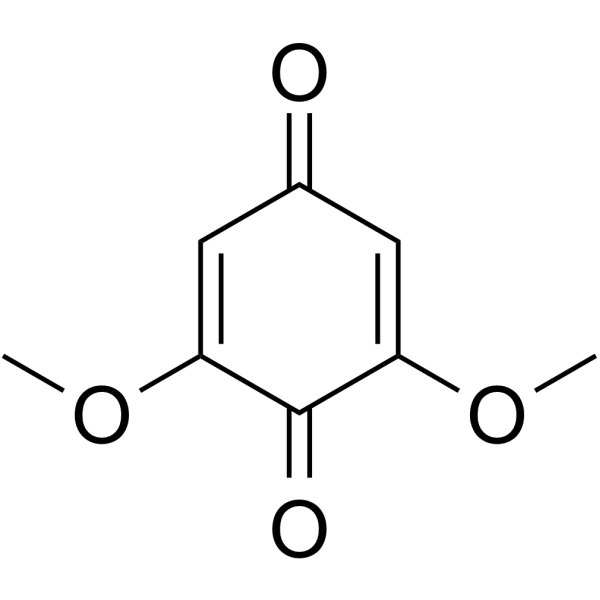
-
GC33496
2-(Methylamino)-1H-purin-6(7H)-one (N2-methylguanine)
2-(Methylamino)-1H-purin-6(7H)-on (N2-Methylguanin) (N2-Methylguanin) ist ein modifiziertes Nukleosid.
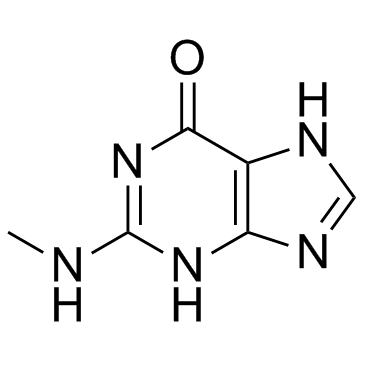
-
GC61639
2-Aminoimidazole
2-Aminoimidazol ist ein wirksames Antibiofilm-Mittel, das als Adjuvans fÜr antimikrobielle Mittel verwendet werden kann.
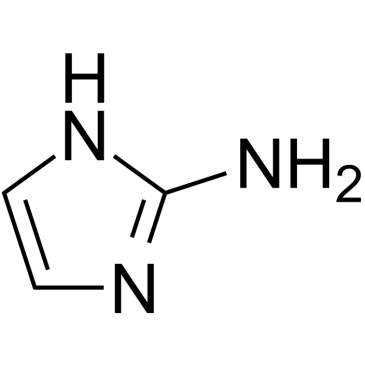
-
GC61672
2-Ethyl-6-methylphenol
2-Ethyl-6-methylphenol, ein Alkylphenol, wird aus der tumorerzeugenden neutralen Unterfraktion des Zigarettenrauchkondensats isoliert.
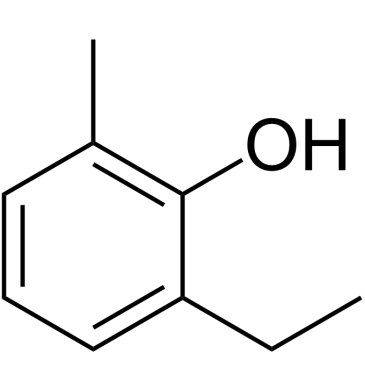
-
GC61901
2-Heptanol
2-Heptanol ist einer der chemischen Bestandteile, die im Ätherischen Öl des Rhizoms von Curcuma angustifolia und Curcuma zedoaria identifiziert wurden.
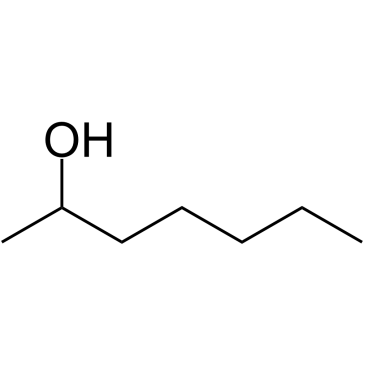
-
GC66412
2-Hydroxy-1-methoxyanthraquinone
2-Hydroxy-1-methoxyanthrachinon konnte aus der Stammrinde von Morinda lucida Benth isoliert werden. (Rubiaceae) und besitzt antibakterielle AktivitÄt.
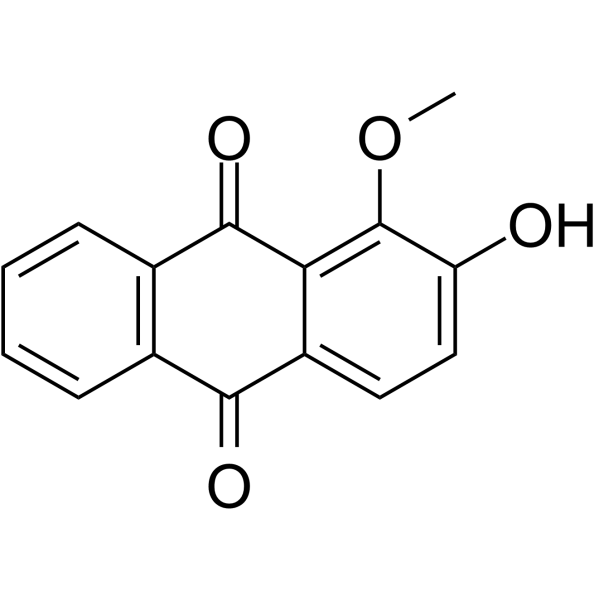
-
GC61899
2-Methoxybenzaldehyde
2-Methoxybenzaldehyd (o-Anisaldehyd), isoliert aus Ätherischem ZimtÖl (CEO), besitzt eine antibakterielle und antimykotische AktivitÄt.
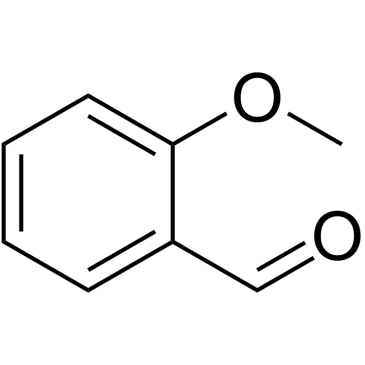
-
GC19659
2-Phenoxyethanol
2-Phenoxyethanol hat ein breites antimikrobielles Wirkungsspektrum gegen verschiedene gramnegative und grampositive Bakterien.

-
GC60484
2-Phenylethanol
2-Phenylethanol (Phenethylalkohol), extrahiert aus Rose, Nelke, Hyazinthe, Aleppo-Kiefer, OrangenblÜte und anderen Organismen, ist eine farblose FlÜssigkeit.
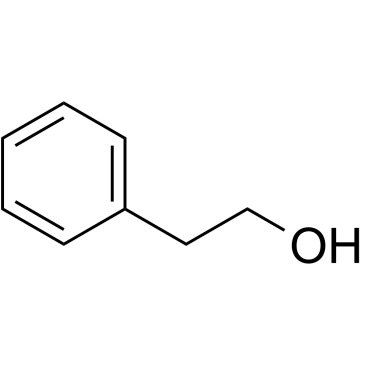
-
GC32201
2-Phenylethanol (Phenethyl alcohol)
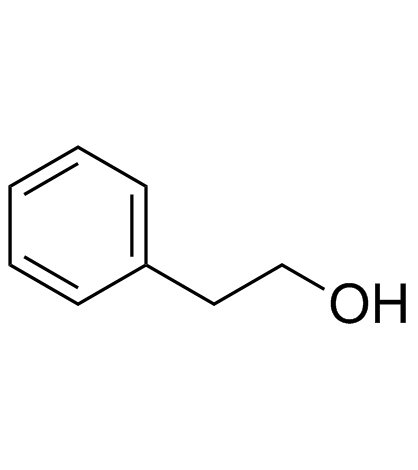
-
GC41444
20(R)-Protopanaxadiol
(20)R-Protopanaxadiol is a sapogenin that has been found in P.

-
GC61675
3,4,5-Trimethoxybenzaldehyde
3,4,5-Trimethoxybenzaldehyd ist ein Zwischenprodukt fÜr die Synthese verschiedener Arzneimittel, insbesondere fÜr Trimethoprim, das zur Behandlung von bakteriellen Infektionen, einschließlich Infektionen der Harnwege, verwendet wird.
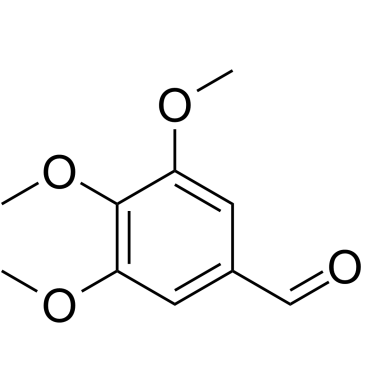
-
GN10006
3,4-Dihydroxybenzaldehyde
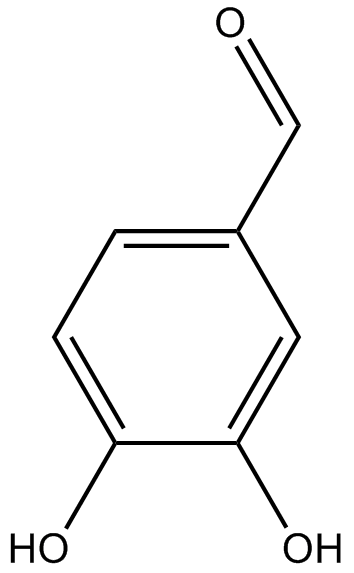
-
GC68233
3-Aminobutanoic acid

-
GC68531
3-Chlorogentisyl alcohol
3-Chlorogentisylalkohol ist ein wirksamer Inhibitor der E. coli β-Glucuronidase mit einem IC50-Wert von 0,74 μM und einem Ki-Wert von 0,58 μM. Es zeigt auch antiproliferative Aktivität und hat das Potenzial zur Krebs- und Entzündungshemmung.
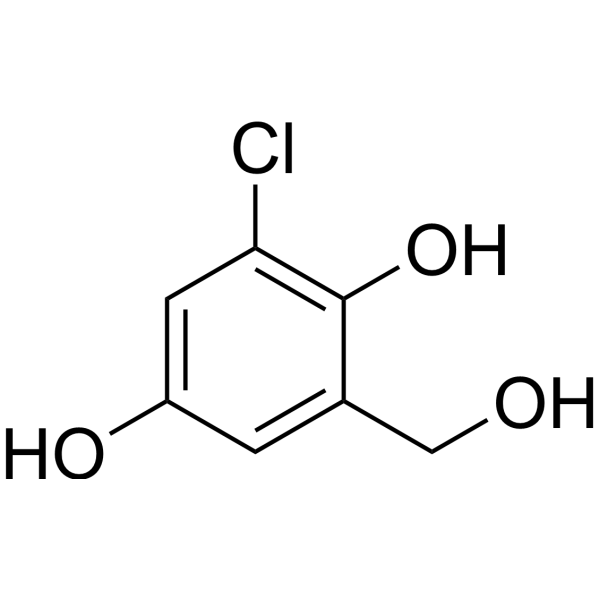
-
GC61812
3-O-Methylellagic acid
3-O-MethylellagsÄure ist ein aus Myrciaria cauliflora isolierbares Naturprodukt mit entzÜndungshemmender Wirkung.
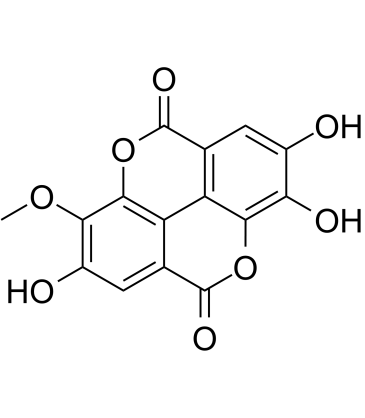
-
GC35121
3-O-Methylgalangin
3-O-Methylgalangin (Galangin-3-Methylether) ist eine natÜrliche Flavonoidverbindung aus dem Rhizom von Alpinia officinarum (AO) mit antibakterieller Wirkung, die auch die Pankreaslipase hemmt.
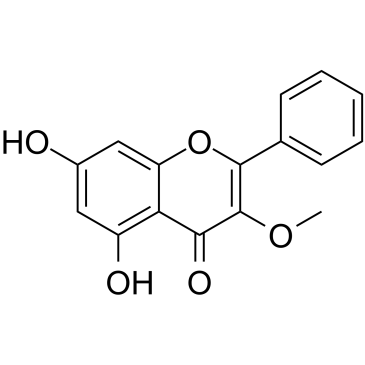
-
GC61682
3-Pentanol
3-Pentanol ist eine aktive organische Verbindung, die von Pflanzen produziert wird und ein Bestandteil der von Insekten abgegebenen Sexualpheromone ist.
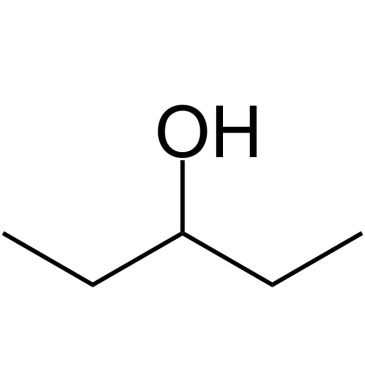
-
GC61684
4'-Hydroxy-3'-methylacetophenone
4'-Hydroxy-3'-methylacetophenon, eine phenolische flÜchtige Verbindung, wird aus hawaiianischen grÜnen Kaffeebohnen (Coffea Arabica L.
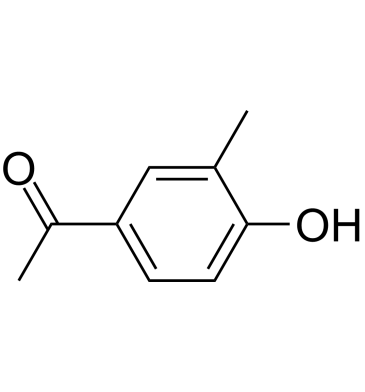
-
GC60511
4-Aminosalicylic acid
4-AminosalicylsÄure (ASS) ist ein oral wirksames Antibiotikum und hat das Potenzial, Tuberkulose zu behandeln.
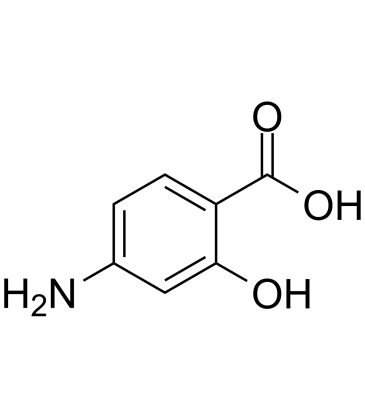
-
GC62353
4-Chloroguaiacol
4-Chloroguaiaco (4-Chloro-2-methoxyphenol) ist ein Phenolderivat mit antimikrobieller AktivitÄt.
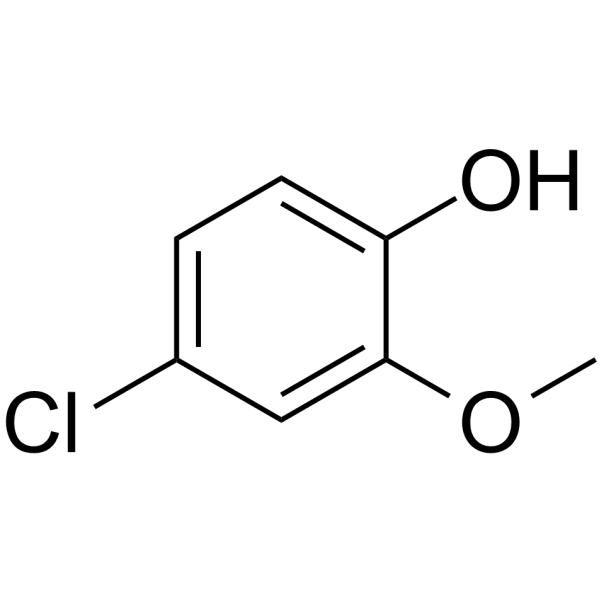
-
GC33949
4-Chlorosalicylic acid
4-ChlorsalicylsÄure ist ein pharmazeutisches Zwischenprodukt.
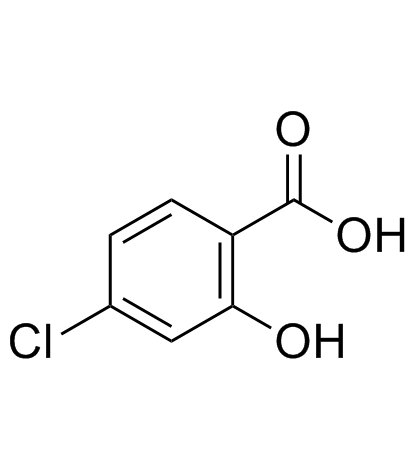
-
GC16474
4-HQN
A heterocyclic building block

-
GC11270
4-Hydroxybenzoic acid
4-HydroxybenzoesÄure, ein phenolisches Derivat der BenzoesÄure, konnte die meisten grampositiven und einige gramnegative Bakterien mit einem IC50 von 160 μg/ml hemmen.
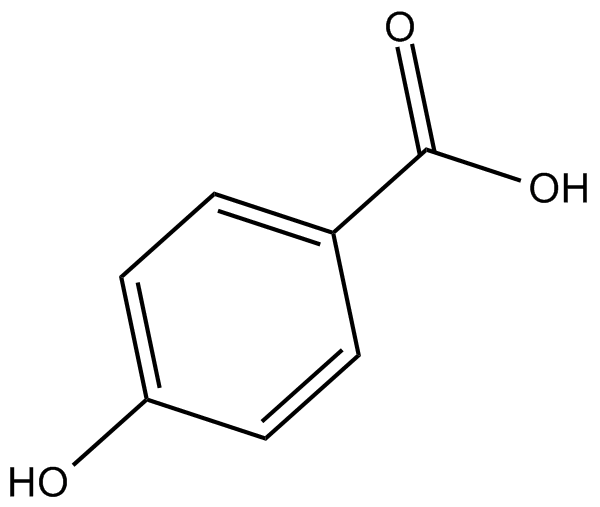
-
GC35131
4-Hydroxycoumarin
4-Hydroxycumarin, ein Cumarinderivat, ist eines der vielseitigsten heterocyclischen GerÜste und wird hÄufig in der Synthese verschiedener organischer Verbindungen eingesetzt.
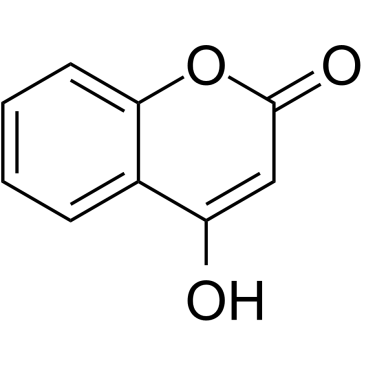
-
GC61683
4-Methoxyphenethyl alcohol
4-Methoxyphenethylalkohol, ein aromatischer Alkohol, ist die Hauptkomponente des anisartigen Geruchs, der von A.
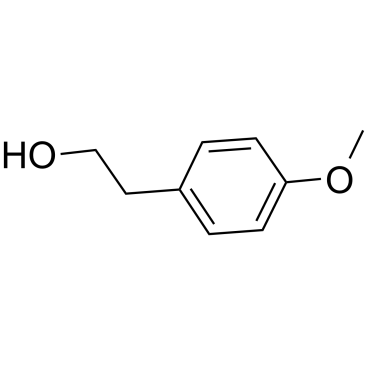
-
GC38665
4-Methylherniarin
4-Methylherniarin (7-Methoxy-4-methylcumarin) ist ein Cumarinderivat und fluoreszierender Marker, hat eine antimikrobielle AktivitÄt gegen grampositive und gramnegative bakterielle Flecken.
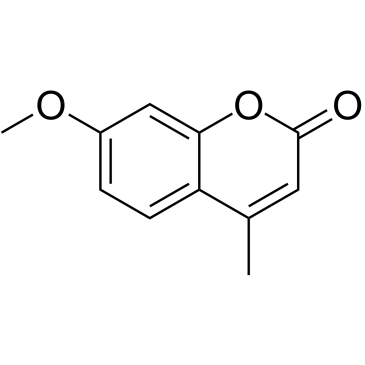
-
GC64317
4aα,7α,7aα-Nepetalactone
4aα,7α,7aα-Nepetalacton zeigt antibakterielle AktivitÄt und hemmt Escherichia coli, Pseudomonas aeruginosa, Staphylococcus aureus, Salmonella typhi und Enterococcus faecalis.
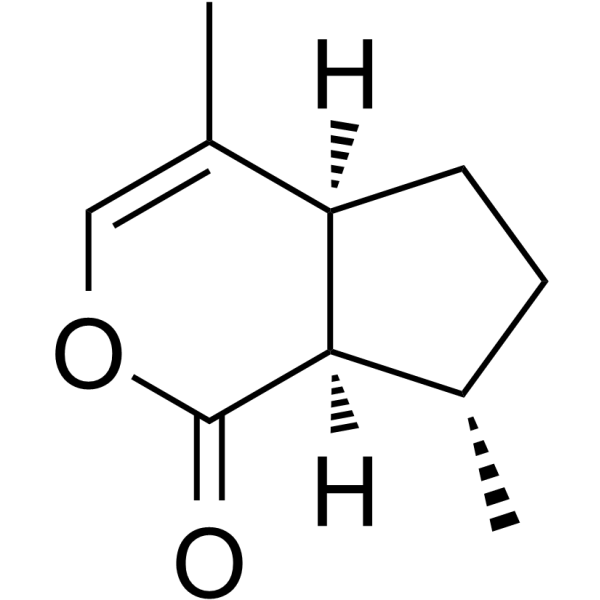
-
GC42484
5,6-dihydroxy Indole
5,6-Dihydroxyindol, ein Melaninvorläufer, hat ein breites Spektrum an antibakterieller, antimykotischer, antiviraler und antiparasitärer Aktivität.

-
GC61681
5,7-Dihydroxycoumarin
5,7-Dihydroxycumarin ist ein aus den BlÜtenstÄnden von Macaranga triloba isoliertes Cumarin.
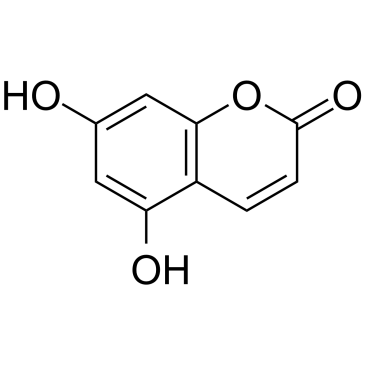
-
GC42492
5-bromo-5-nitro-1,3-Dioxane
5-Brom-5-nitro-1,3-dioxan, eine antimikrobielle Verbindung, ist wirksam gegen grampositive und gramnegative Bakterien und Pilze, einschließlich Hefen.

-
GC60528
5-Desmethylsinensetin
5-Desmethylsinensetin, isoliert aus Stevia satureiifolia Var.
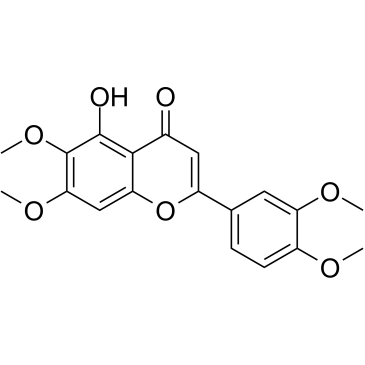
-
GC15424
5-hydroxypyrazine-2-carboxylic acid
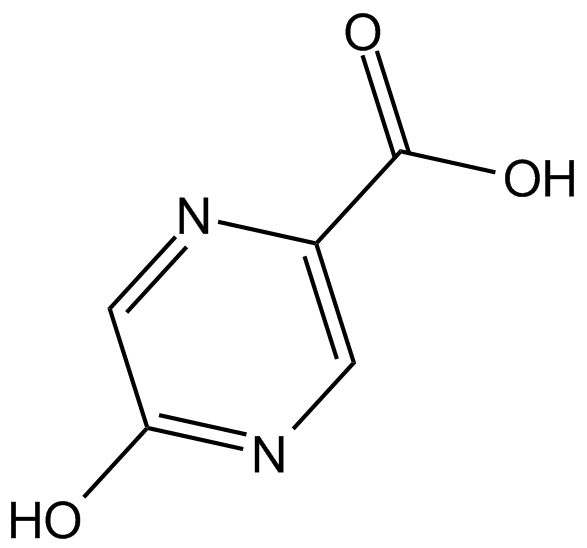
-
GC35174
6-Amino-5-azacytidine
6-Amino-5-azacytidin hemmt das Wachstum von Bakterien E.
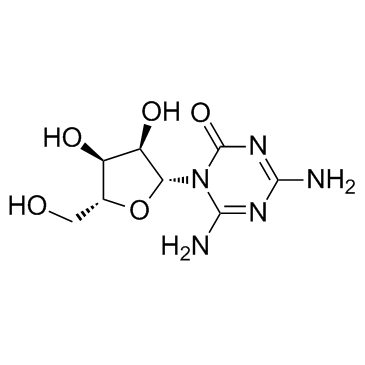
-
GC39782
6-Aminopenicillanic acid
6-AminopenicillansÄure (6-APA) ist eine wichtige Vorstufe fÜr die Synthese von -Lactam-Antibiotika.
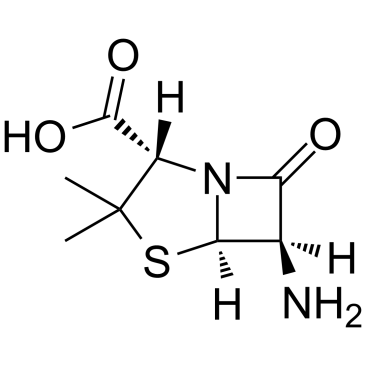
-
GC60031
6-Azathymine
6-Azathymin, ein 6-Stickstoff-Analogon von Thymin, ist ein potenter D-3-Aminoisobutyrat-Pyruvat-Aminotransferase-Inhibitor.
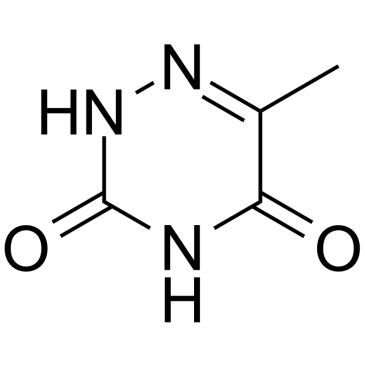
-
GC34145
6-Quinoxalinecarboxylic acid, 2,3-bis(bromomethyl)-
6-ChinoxalincarbonsÄure, 2,3-Bis(brommethyl)-, abgeleitet von 2,3-Bis(brommethyl)chinoxalin, zeigt antibakterielle AktivitÄt.
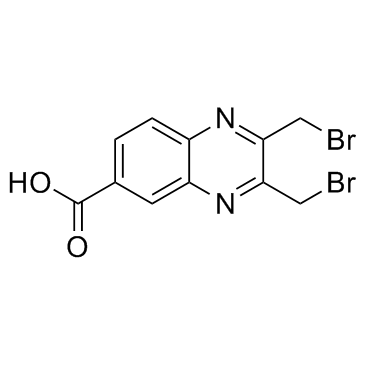
-
GC33577
7-Aminoactinomycin D (7-AAD)
7-Aminoactinomycin D (7-AAD) (7-AAD), ein fluoreszierender DNA-Farbstoff, ist ein potenter RNA-Polymerase-Inhibitor.
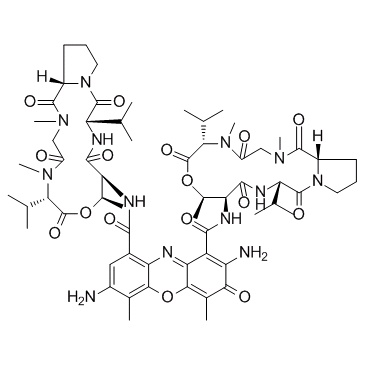
-
GC16758
7-Aminocephalosporanic acid
7-AminocephalosporansÄure ist die chemische Kernstruktur fÜr die Synthese von Cephalosporin-Antibiotika und ein potenter β-Lactamase-Inhibitor.
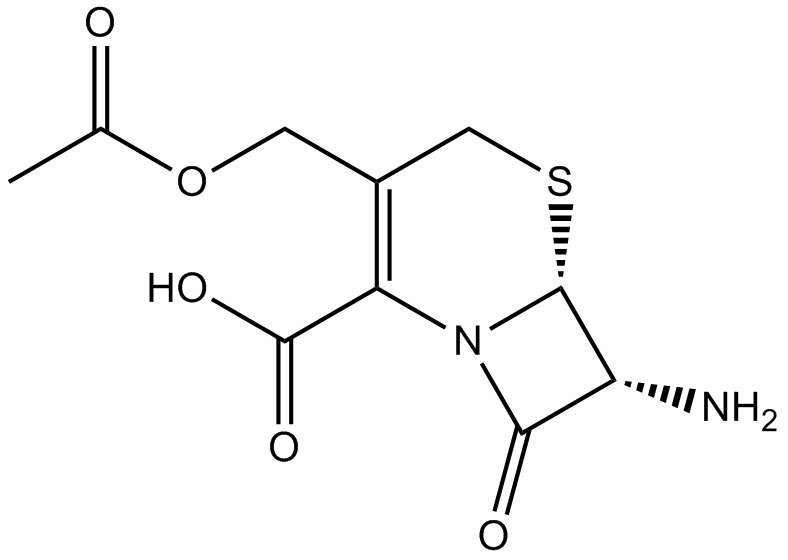
-
GC35194
7-O-Methylaloeresin A
7-O-Methylaloeresin A ist 5-Methylchromonglykosid, isoliert aus Commiphora socotrana (Burseraceae).
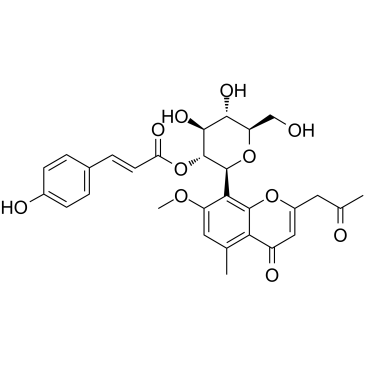
-
GC35200
8-Epidiosbulbin E acetate
8-Epidiosbulbin E-Acetat, ein Furanoid, ist reichlich in Dioscorea bulbifera L.
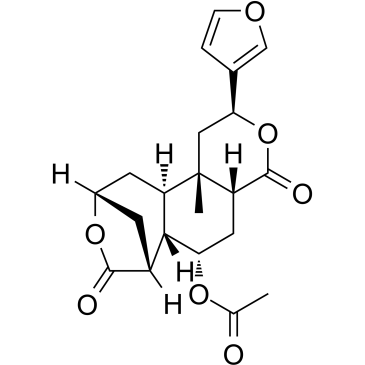
-
GC30243
8-Hydroxyquinoline
8-Hydroxychinolin (8-Hydroxychinolin) ist ein monoprotischer zweizÄhniger Chelatbildner, der antiseptische, desinfizierende und pestizide Eigenschaften aufweist und als Transkriptionshemmer fungiert.
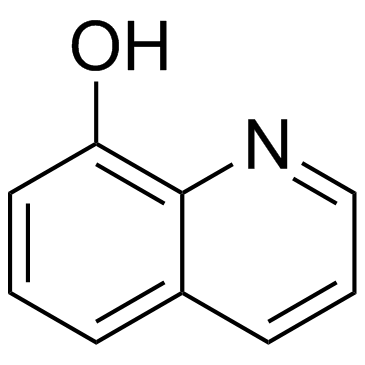
-
GC60036
9-Hydroxycalabaxanthone
9-Hydroxycalabaxanthon (Xanthon I) ist ein bekanntes Xanthon, das aus Garcinia mangostana Linn isoliert wurde.
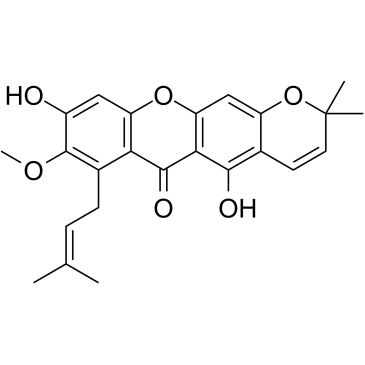
-
GC32373
A7132
A7132 ist ein antibakterielles Mittel.
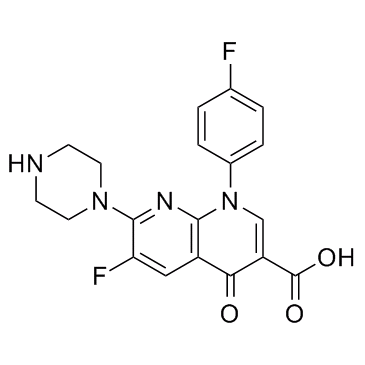
-
GC64241
AAA-10
AAA-10 ist ein oral aktiver Inhibitor der bakteriellen Gallensalzhydrolase (BSH) im Darm mit IC50-Werten von 10 nM, 80 nM gegen B.
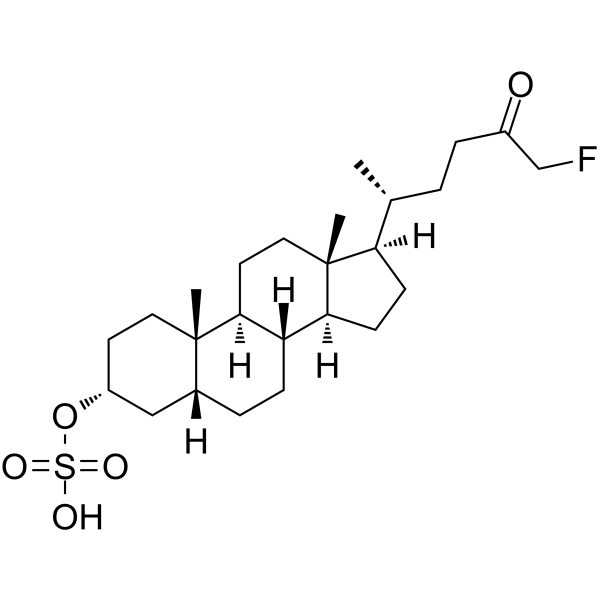
-
GC32165
AAI101
AAI101 (AAI101) ist ein β-Lactamase-Inhibitor mit erweitertem Spektrum gegen viele resistente gramnegative Pathogene.
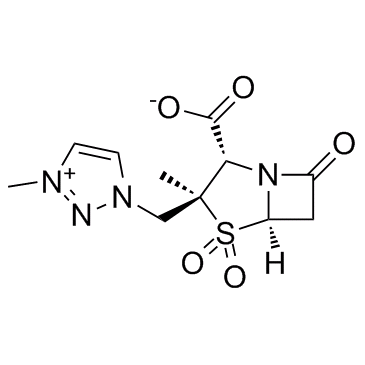
-
GC40831
Abietic Acid
AbietinsÄure, ein aus Pimenta racemosa var. isoliertes Diterpen.

-
GC39655
ABMA
ABMA ist ein Breitbandinhibitor von intrazellulÄren Toxinen und Pathogenen.
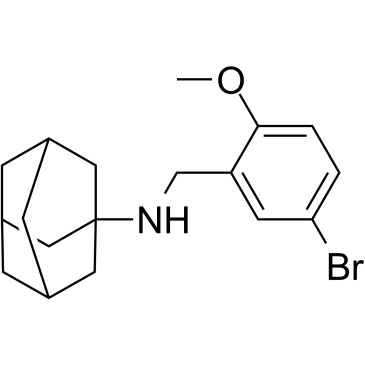
-
GC33978
Acetohydroxamic acid (AHA)
AcetohydroxamsÄure (AHA) ist ein potenter und irreversibler Inhibitor der bakteriellen und pflanzlichen Urease und wird auch als Zusatztherapie bei chronischen Harnwegsinfektionen eingesetzt.
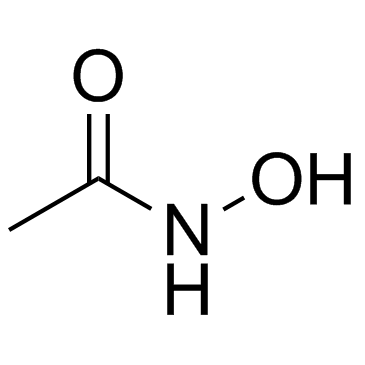
-
GC41594
Acetyl-L-Homoserine lactone
Acetyl-L-homoserine lactone belongs to the family of N-acylated homoserine lactones (HSLs) and has an acyl chain length of two carbons.

-
GC60556
Acetylalkannin
Acetylalkannin (Alkanninacetat) ist ein aus Arnebia euchroma isoliertes Isohexenylnaphthazarin-Pigment mit antimikrobieller und zytotoxischer AktivitÄt.
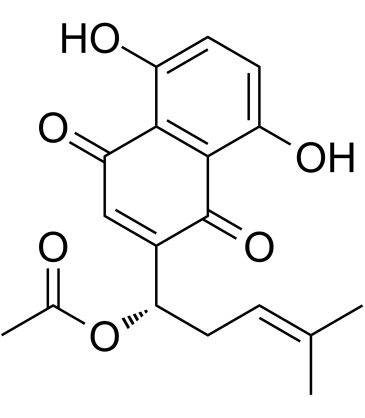
-
GC33970
Acetylazide (Acetylkelfizina)
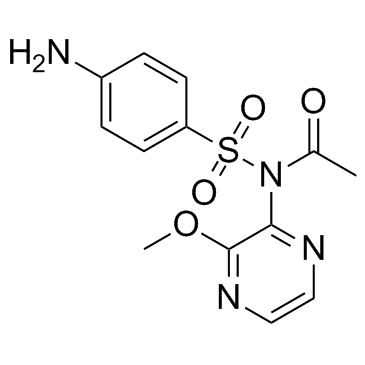
-
GC35237
Acetylspiramycin
Acetylspiramycin (Spiramycin B; Spiramycin II; Foromacidin B) ist ein starkes und oral aktives Makrolid-Antibiotikum, das von verschiedenen Streptomyces-Arten, einem acetylierten Derivat von Spiramycin, produziert wird.
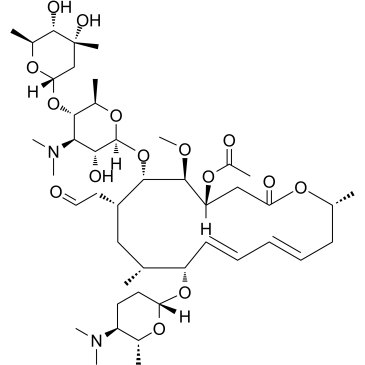
-
GC60039
ACHN-975 TFA
ACHN-975 TFA ist ein selektiver LpxC-Inhibitor und weist eine subnanomolare LpxC-InhibitoraktivitÄt auf.
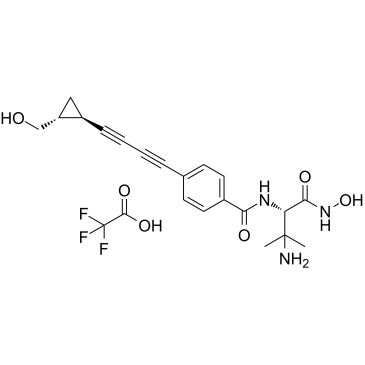
-
GC61894
Acridone
Acridon ist eine organische Verbindung, die auf dem Acridin-Skelett basiert.
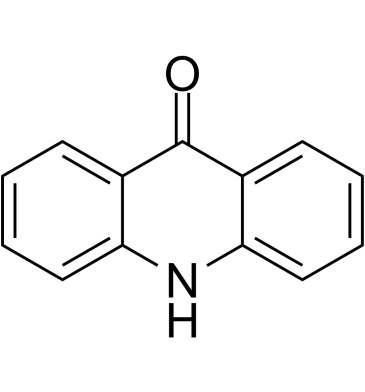
-
GC62354
Acriflavine hydrochloride
Acriflavinhydrochlorid (Acriflaviniumchloridhydrochlorid) ist ein fluoreszierender Acridinfarbstoff, der zur Markierung von NukleinsÄure verwendet werden kann.
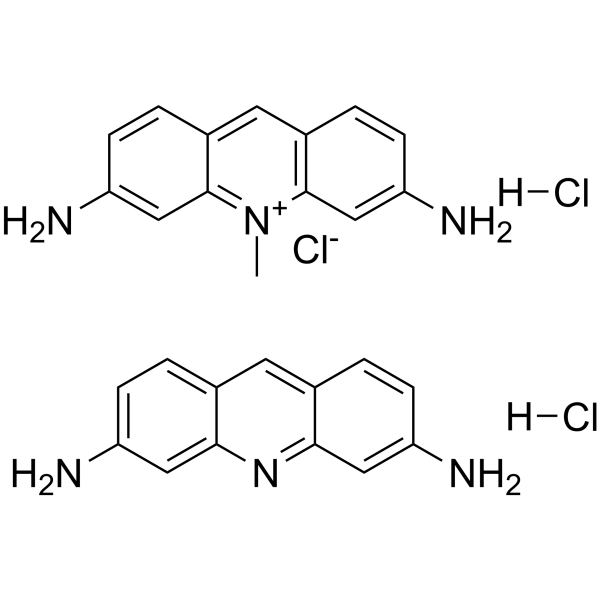
-
GC16350
Actinonin
Actinonin ((-)-Actinonin) ist ein natÜrlich vorkommender antibakterieller Wirkstoff, der von Actinomyces produziert wird.
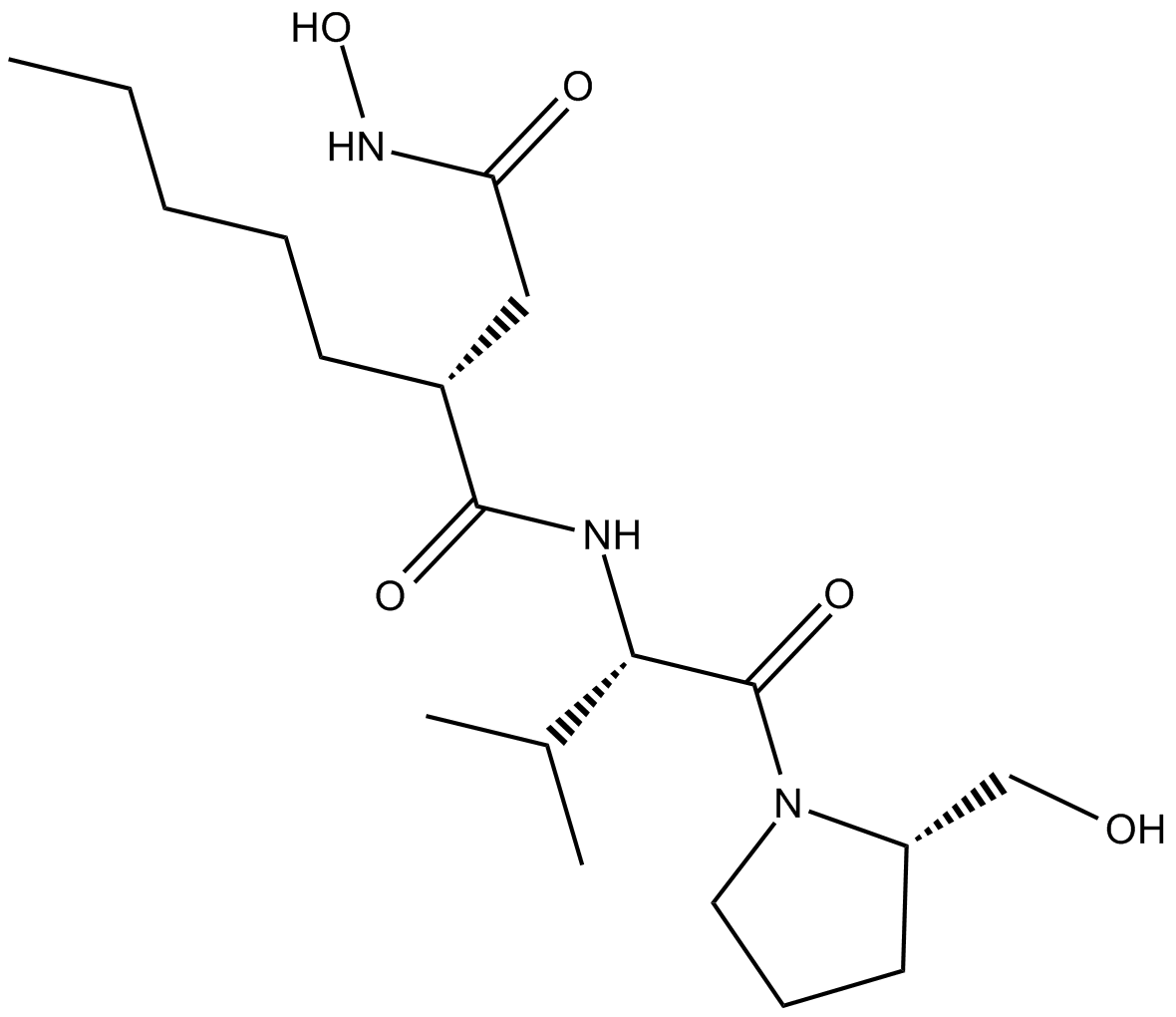
-
GC35247
ACX-362E
ACX-362E (ACX-362E) ist ein erster oral aktiver DNA-Polymerase IIIC (pol IIIC)-Inhibitor seiner Klasse mit einem Ki von 0,325 μM fÜr die DNA pol IIIC von C.
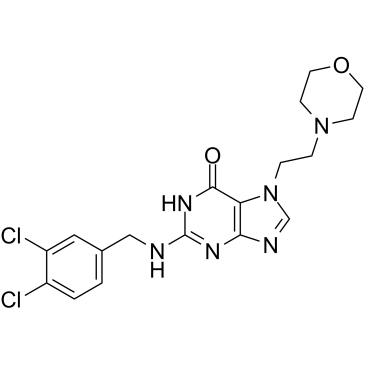
-
GC32295
Afabicin (Debio 1450)
Afabicin (Debio 1450) (Debio 1450) ist das Prodrug von Debio1452, das spezifisch gegen Staphylokokken ohne signifikante AktivitÄt gegen andere grampositive oder gramnegative Arten gerichtet ist.
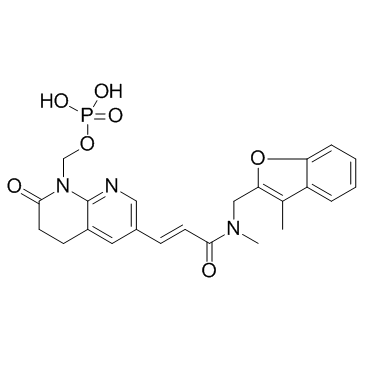
-
GC35261
Aflatoxin B1
Aflatoxin B1, eine Klasse von karzinogenen Mykotoxinen, die von Aspergillus-Pilzen produziert werden, führt stets zur Entwicklung von hepatozellulärem Karzinom (HCC) bei Menschen und Tieren.
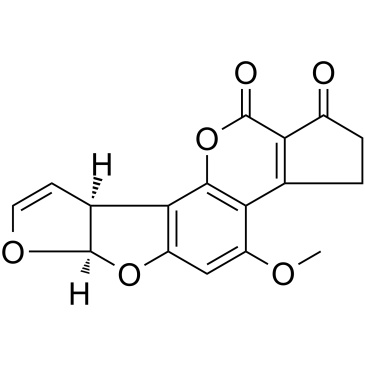
-
GC41359
Aflatoxin B2
Aflatoxins are naturally occuring mycotoxins produced by various species of the mold Aspergillus, which can be found in legumes, corn, soybeans, rice, milk, and cheese.

-
GC42744
Aflatoxin G1
Aflatoxin G1 is a food contaminant produced by various species of the common soil fungus, Aspergillus and is associated with toxicity and hepatocarcinogenicity in human and animal populations.

-
GC42745
Aflatoxin M1
Aflatoxin M1 is a natural oxidative metabolite of the mycotoxin aflatoxin B1.



